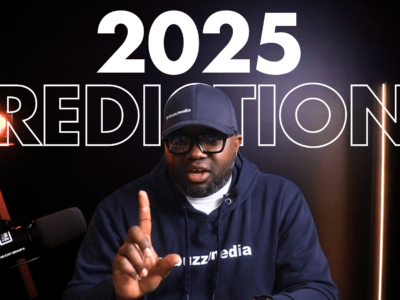- Tesla made a huge splash in the solar panel world when they unveiled the latest version of the Tesla Solar Roof.
- But since then we haven't seen too much about it. Is it a bargain or a bust? Or are solar tiles about to go mainstream?
- Also, if you are replacing your roof? Or building a new home? How does the price compare to roofing costs?
When Tesla unveiled version 3 of the Tesla Solar Roof in October of 2019, it got a lot of attention.
They spent a great deal of time and effort to refine the installation process; to make it faster and more affordable to install. Like larger tiles to increase efficiency and manufacturing costs, as well as reducing the number of parts needed for an install by half.
In the end, it’s reduced the overall cost of installing a Tesla Solar Roof by about 40 percent.
But since this announcement, there hasn’t been much said about it. We’ve seen some customers sharing their experiences online, but we still know very little about what it’s been like to install them. So talking with a roofing company that’s doing just that may help shed some light on the matter.
Eric Weddle from Colorado-based Weddle & Sons Roofing, one of Tesla’s partners, says their relationship with Tesla is still in the pilot phase. That they are still very much in a learning process when it comes to installing the solar roof.
The Tesla Solar Roof costs about $2.11 (USD) per installed watt, while the competition — such as DelSol Power Tiles cost about $7 per installed watt and Luma Solar Tiles cost about $4.50 per installed watt.
Comparing the prices of Tesla’s regular panels and Solar Roof, you can see the still sizable gap in per-installed watt prices. We’re talking about the difference of $1.49 vs. $2.11. It’s pretty clear that if you’re happy with your roof, you’re not going to want to replace it with a Solar Roof.
Going with regular panels is the obvious choice in that case. But what if you are replacing your roof? Or building a new home? How does the price compare to roofing costs? On that, Eric had some really nice insights.
“So in simple numbers, it’s substantially more than a basic asphalt roof. It’s probably five times the cost of asphalt, maybe it’s called four times the cost of a standard asphalt roof on a typical home. But it’s not four times the cost of asphalt plus PV.” “But if you start to compare it to a premium route product, like a standing seam metal, a synthetic shake, or slate, which we do a lot of, we do a lot of it’s Da Vinci’s a common name to do a really nice synthetic slate product. It compares really favourably to premium roof plus solar panels.” “It’s pretty comparable in cost. It’s a little bit more than like a synthetic shake or synthetic slate. But the synthetic product doesn’t have the PV built-in. So it’s definitely getting to the point where it’s getting close to those premium roof products. It’s certainly, premium roof plus panels, compares very favourably.”
Looking at the cost of different solar vs roof options for the home, the Tesla Solar Roof becomes very competitive. It costs $56,000, now compare that to:
1. A solar array and shingle roof = $42,000
2. Solar array and metal roof = $70,000
3. Solar array and tile roof = $111,000
4. Solar array and slate roof = $134,000
So just from a roofing cost comparison, even without added solar, the Solar Roof is already fairly competitive with higher-end roofing materials. But when combining higher-end roofs plus solar, Tesla’s Solar roof is incredibly compelling.
—
This video was produced and published by Matt Ferrel. It was originally published on his YouTube channel “Undecided with Matt Ferrell.” It has been published here via partnership.














Comments